Unfortunately, cherries are prone to a number of diseases. They can get several fungal diseases including brown rot, botrytis (gray mold) and numerous leaf spots. Without culturing in a lab it’s impossible to know which one is affecting your tree. (A link for having such samples cultured is below in the comment section.) That said, you can do the following even without a diagnosis:
1. Be sure to clean up all fallen fruit and foliage in the fall and don’t let it stay on the ground as this keeps spores of whatever you’ve got in the area. Destroy the old leaves and fruit – don’t put them in the compost.
2. Organic fruit grower use one of the copper-based fungicides on their trees to help control such problems. Ask at your local garden center for a copper fungicide and use it according to the directions for cherry trees. Know that one application isn’t enough – use it at the frequency recommended on the label.
3. Although you can’t control the rainfall, be sure no irrigation or watering is hitting the foliage. This makes most fungal problems worse.
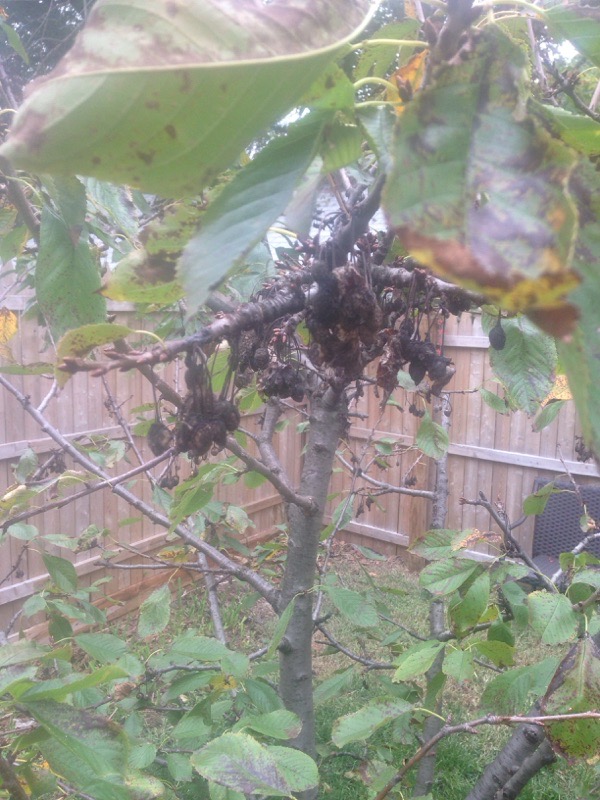
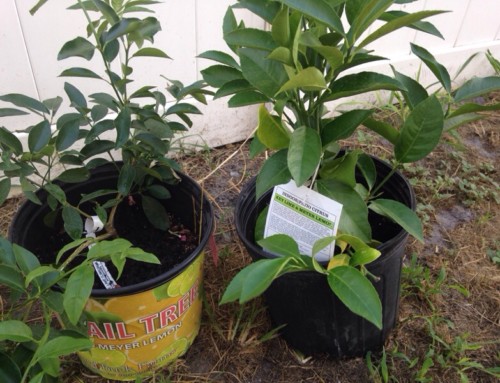
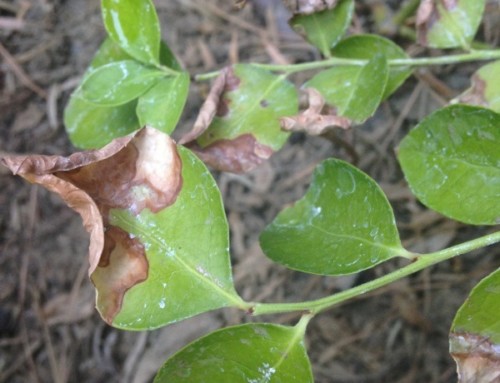
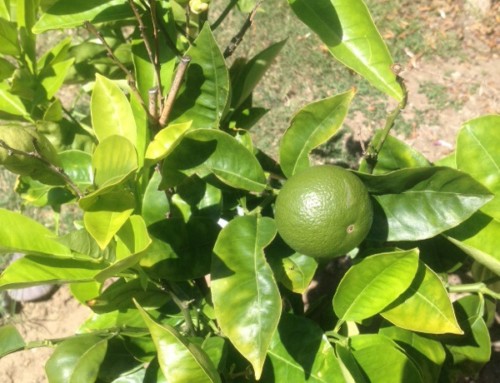
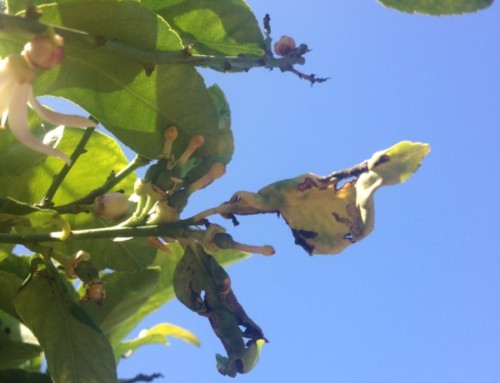
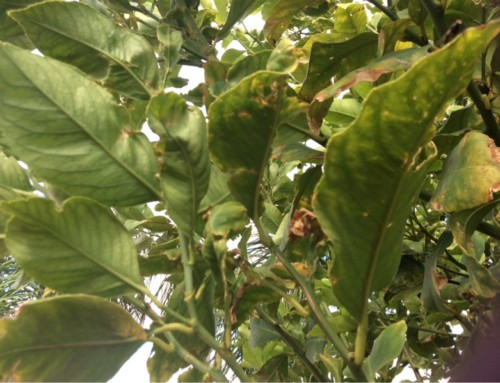
Leave A Comment